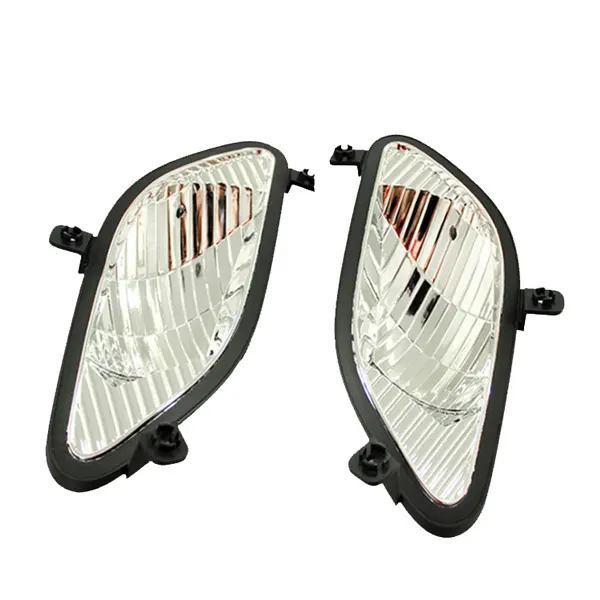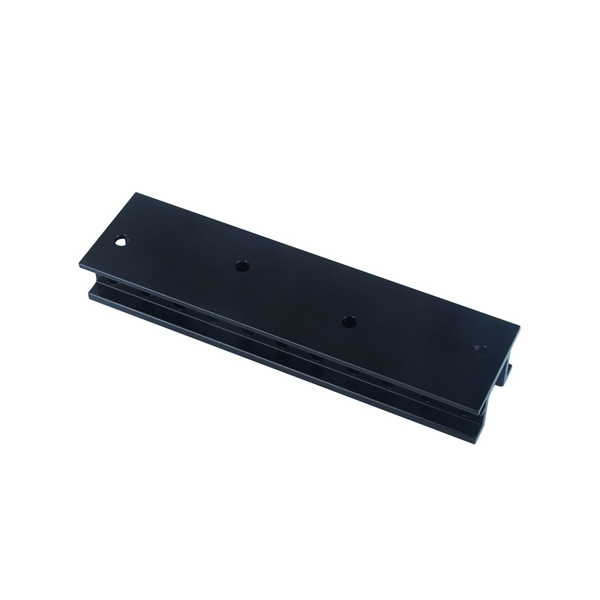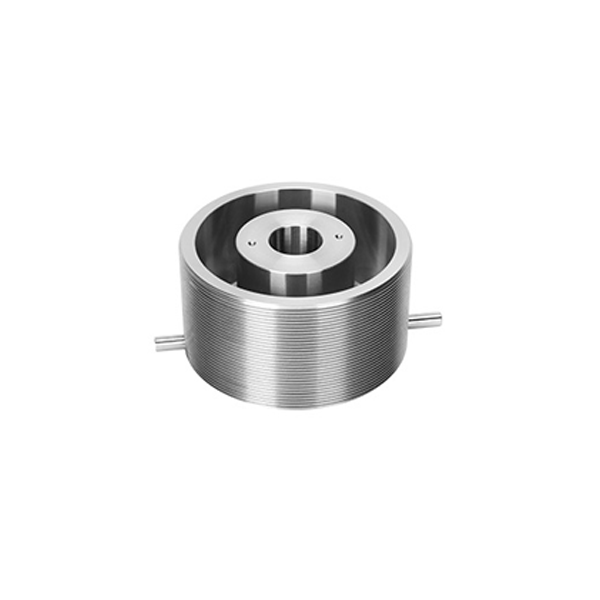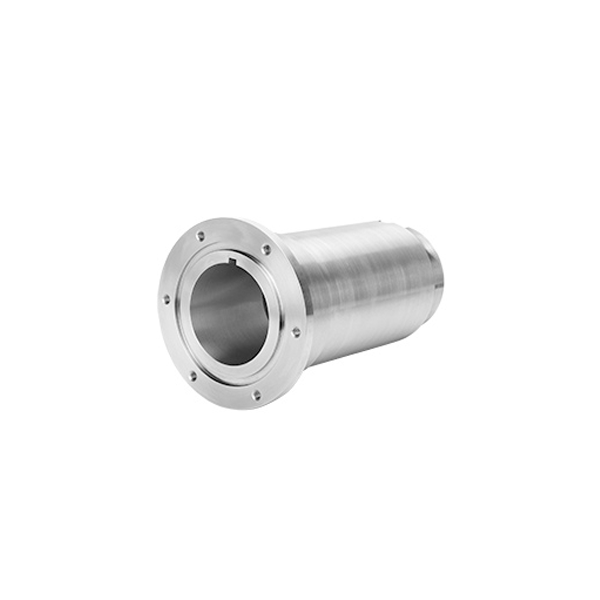GD Prototyping

Vacuum Cast Parts
Vacuum casting produces accurate and durable parts quickly and at a fraction of the cost of traditional methods.
Classification:
Vacuum Casting
Keywords:
- vacuum casting
- vacuum casting plastic
- vacuum casting metal
- Description
- Specification
- Application
- FAQS
Vacuum cast parts provide a practical solution for producing high-quality plastic components in small quantities. The process begins with creating a master model using 3D printing or CNC machining. This master forms a silicone mold that captures every surface detail with precision.
Once the mold is ready, liquid polyurethane resin is poured into it. The vacuum removes air bubbles and ensures even resin flow. This step helps produce parts with smooth surfaces and accurate dimensions. By choosing from various polyurethane resins, you can mimic materials like ABS, polycarbonate, or flexible rubber-like plastics.
Vacuum cast parts suit prototypes and low-volume production runs. For example, you can quickly create functional samples without waiting for metal tooling, which speeds up product development. When you require a few dozen parts for testing or user trials, vacuum casting delivers both speed and reliability.
Each silicone mold typically yields 15 to 25 parts before precision starts to decline. If you need a design update, simply adjust the master model and make a new mold. This flexibility lets you create multiple design versions without significant delays or added costs.
Vacuum cast parts usually require minimal post-processing. When needed, you can paint, polish, or add textures to improve appearance and feel. These parts often find applications in electronics enclosures, automotive interiors, and medical device housings.
By using vacuum cast parts, you gain access to professional-looking, functional plastic components produced quickly and economically. This method offers accurate replication and a wide range of material options, supporting design validation and small-batch manufacturing across various industries.
| Parameter | Value / Description |
|---|---|
| Process Name | Vacuum casting |
| Key Benefits | Accurate, durable, fast, cost-effective |
| Materials used | Elastomers |
| Common use | Prototypes and small production runs |
- Elastomer casting
- Prototype production
- Small production runs
1. What is Vacuum Casting?
Answer: Vacuum Casting is a rapid prototyping technique used to create high-quality, low-volume parts. It involves pouring a liquid material, typically polyurethane, into a silicone mold under vacuum pressure to remove air bubbles and ensure a smooth, detailed finish.
2. What materials can be used in Vacuum Casting?
Answer: Vacuum Casting is typically performed with materials like polyurethane resins, silicones, or rubber-like materials. These can be customized for different hardness, flexibility, and color requirements, making it ideal for creating prototypes that closely resemble the final product.
3. What are the main benefits of Vacuum Casting?
Answer: The key benefits include high precision, fast turnaround times, cost-effectiveness for low-volume production, and the ability to replicate complex designs with smooth surfaces and fine details. It's an excellent option for functional prototypes and pre-production parts.
4. How long does Vacuum Casting take?
Answer: The typical turnaround time for a Vacuum Cast part ranges from 5 to 15 days, depending on the complexity and size of the part. The mold-making process is relatively quick, but curing and post-processing may require additional time.
5. Can Vacuum Casting be used for mass production?
Answer: While Vacuum Casting is not ideal for large-scale production, it is well-suited for low to medium-volume runs. It is often used for small batch production or for testing prototypes before moving to full-scale manufacturing processes like injection molding.










